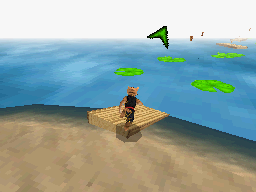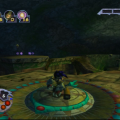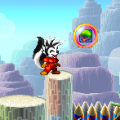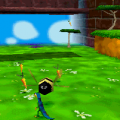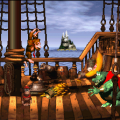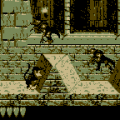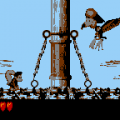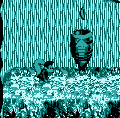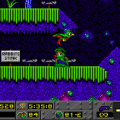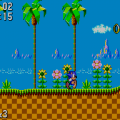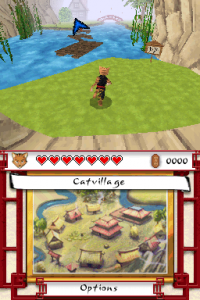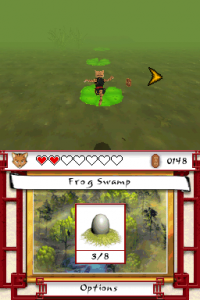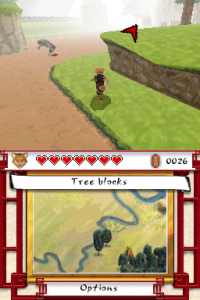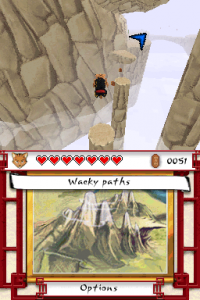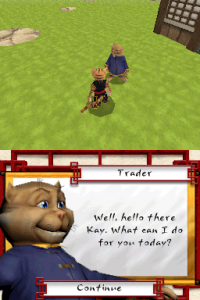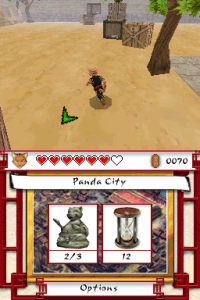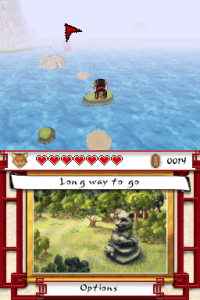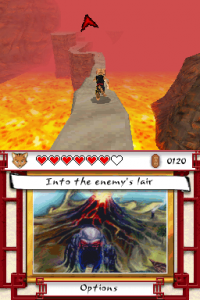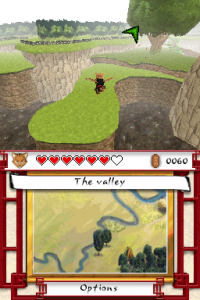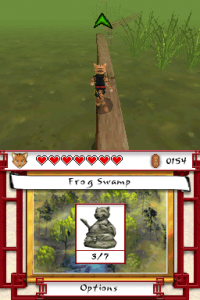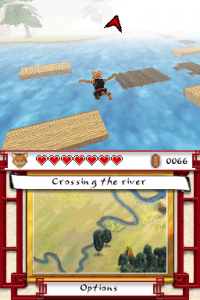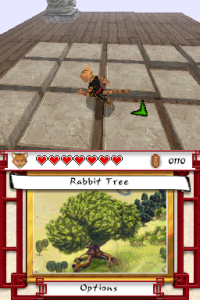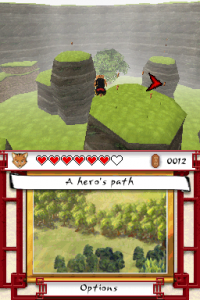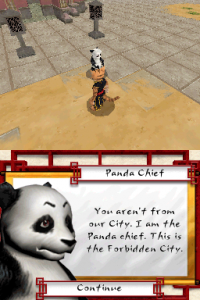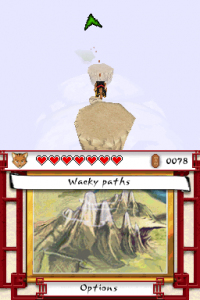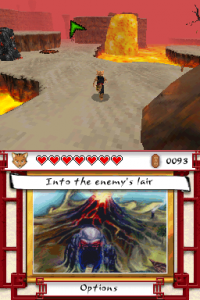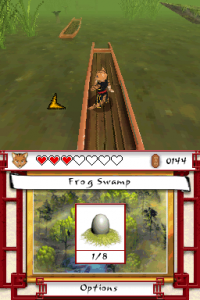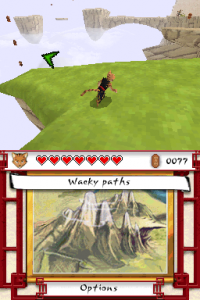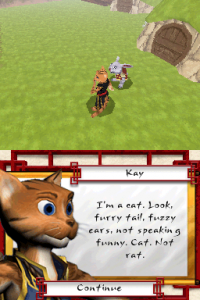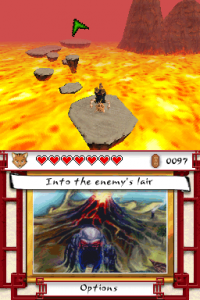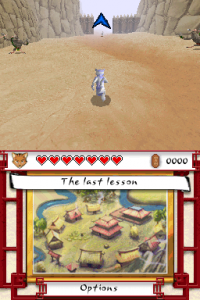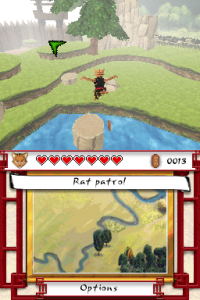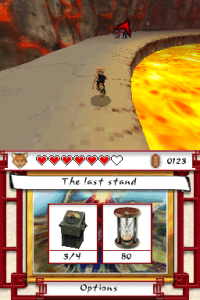- Legend of Kay (Console)
- Legend of Kay (DS)

Out of the blue, a second Legend of Kay game was released for the Nintendo DS in 2010. It was handled by Firehazard Studio, a German developer that only worked on a handful of DS titles, and seems to act as a companion piece to the console game despite the five-year gap. The same premise is reused, along with the FMV cutscenes and a handful of Jake Kaufman’s music cues, and things play out through a fully 3D game.
However, this is nothing like the console game. For a start, this is purely a platformer where your goal is to run and jump your way through stages. There’s none of the swinging, wall-jumping or swimming seen in the console version, although there is a double jump that you earn halfway into the adventure. The most complex thing you’ll have to worry about is doing running jumps to clear the larger gaps. The controls manage to feel responsive enough, though the collision’s a little wonky when it comes to jumping onto small objects, and running on downhill slopes can cause your character to run off the geometry and lose the ability to jump.
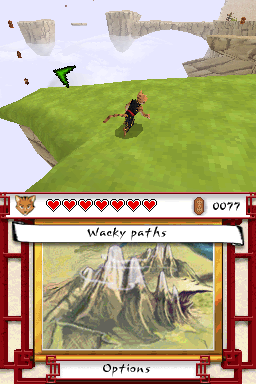
Gameplay is generally very basic, to the point that there isn’t even any combat. Instead of being an impulsive kid picking fights, Kay adheres to The Way and therefore a peculiar brand of pacifism by which he won’t fight the gorillas and rats taking over the island, but he will happily jump on harmless spiders to grab some coins. So you must avoid enemies by making your way past them undetected, either by taking higher routes or simply jumping around them. As long as you’re not within breathing distance of them, you’ll be good, and an invisibility power-up earned near the end can mitigate some of the more populated areas. If you do get seen, you’ll only respawn a couple feet away and one less heart, leaving you easily able to try again.
The game consists of four levels, with each one being made up of various sections. These are mostly linear, setting you along closed paths that you’ll only deviate from to find cat statues which open up locked gates. You’ll be shown the way to your objective thanks to an onscreen arrow cursor, which is rather helpful since invisible walls pop up in strange places, and especially helpful on the handful of open-ended stages where you’re asked to find or activate objects in any order. This is because the sparse, repetitive environments and heavy fog, which otherwise help the game maintain its low framerate to varying degrees of success, make it difficult to orient where you are.
There’s no worse example of this than the frog swamp you encounter at the end of the first level, where you have to jump back and forth across a labyrinthine marshland doing two extended fetch quests. Not only that, but you’ll be forced to contend with tiny balance beams, small lily pads you need to perform running jumps on, and cramped boats that take an eternity to get anywhere. It’s very easy to fall into the marsh, which causes you to lose health and respawn at the last safe zone.
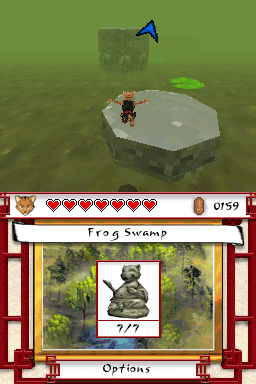
Although you can sometimes find red flowers that completely restore your health, there’s only one per section and it’s quite easy to overlook them. All of this is exacerbated by the save system. If you choose to quit, the game will automatically save your progress and you’ll start at the beginning of the area you’re in with whatever goals you’ve completed intact. But if you die, you have to start the entire level from the beginning, which could set you back several areas depending on where you were. And these are lengthy levels too, taking around 20-30+ minutes to complete.
This makes the frog swamp a massive difficulty spike, and while the rest of the levels are significantly easier, it’s not really worth pushing through if you get stuck here. The levels are blandly designed with basic jumping puzzles taking up most of the adventure, there’s no optional content to dig your teeth into, and what little characterization exists is trite and forgettable. There are some decent renditions of Kaufman’s music (interspersed with original cues consisting primarily of tedious ambience), but the DS version overall feels uninspired and uncanny. If not for its bizarre existence as a handheld companion to a game released years earlier, there wouldn’t be much reason to look into this. And that’s not much reason after a point, sadly.
